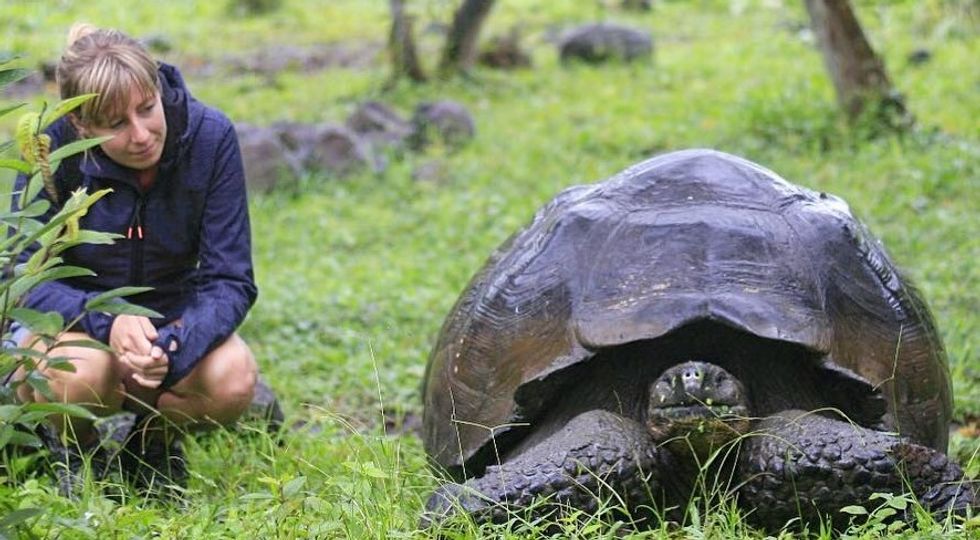1859 was the year Charles Darwin's theory of evolution left its imprint on society. An idea proposed by many other scientists before (Jean-Baptiste Lamarck and Alfred Russel Wallace, just to name a few), Darwin was one of the earliest to provide conclusive evidence on its occurrence. However, like many scientists in the 19th century, publications of such a sensitive matter—one that is dichotomous to political and social orders—were only taken seriously in the following decades.
I believe we all can attest to the controversies "The Origin of Species" sparked with common beliefs and religions (Scopes Monkey Trials, Creationism, etc.), but few who stand against natural selection are knowledgeable of the magnitude of evidence accrued since Darwin's age. As a believer in evolution, I hope to shed light on a pivotal example and evidence supporting Darwin's concept of natural selection. As a disclaimer, everyone should feel entitled to their own beliefs and this is not to serve as a defouling of people who believe in creationism. Do what you need to keep meaning in your life; advocating scientific research is part of mine.
First, I would like to give the gist of the concept of natural selection. Imagine there is one species of toads living in a rainforest that comes in two colors: red and green. Now, which toads are more likely to survive and hide from its predators? The green toads would blend better with the foliage than the red ones, and would, therefore, live on while the brown ones meet their demise. As a result, the green toads breed and pass on the green coloration to their offspring, while the brown ones do so at a slower rate and potentially die out. The more desirable trait for survival continues, hence the coined phrase "survival of the fittest."
One example of natural selection is being examined on Daphne Major, a small island on the Galapagos. Rosemary and Peter Grant, current biology professors of Princeton University, began their expedition studying the finches in 1973. The diverse pool of finch species on the island was a key factor in beginning their studies there. The island was only one hundredth the size of Manhattan with limited vegetation; only a few bushes and trees provided seeds for the ground finches in their study.
Another key factor in choosing the Galapagos Island was the radically altering climate of Daphne Major. Ranging from close to a meter of downfall a year to virtually none, Daphne Major's environment is constantly oscillating between a tropical forest to a desolate wasteland. These varying conditions generate the demand for different traits to be expressed.
Spending 4 months a year on their base for four decades, the Grants tagged 20,000 finches over the span of eight generations, tracking the beak length, blood samples, and recording the songs to understand the behavioral factors that stimulated such diversity within the finch species. The concept was simple: during La Nina, a drought occurs, killing off the plants that produce small seeds. The birds with the larger beaks were able to survive since they fed off of the seeds, while the smaller-beaked birds existed in a decreasing population.
They tagged and recorded each generation of finches and found a mean increase in the beak length since the larger beak trait was passed on. After an El Nino effect, the monsoons resulted in an abundance of small seeding plants, while the larger seeds were rarer. Thus, a drop in the finch population occurred, where the smaller-beaked birds survived and passed on their traits. That following generation experienced a mean decrease of 4 percent beak size! The Grants differentiated from the two generations as they tag the finches from the previous year. In turn, this is the most direct example of evolution by natural selection to date.
















